
LK Samyang revealed a very exciting lens at the CP+ show in 2024 and it turned my head when I walked past the booth. Not only are ultra-compact ultra-wide zoom lenses few and far between, but this particular lens was a co-venture with the storied lens manufacturer, Schneider-Kreuznach.
Now the lens is on the market, and I got a chance to play with the North American distribution version which lives under the brand name Rokinon. This is a unique lens with its tiny dimensions, light weight, and design that allows the use of filters despite the extreme wide angle. What compromises await us in order to achieve such a small form factor at a price of $1,200?
Editor’s Note: While this lens is called the Rokinon 14-24mm f/2.8 AF Ultra, in regions outside of North America, it is known as the Schneider-Kreuznach x LK Samyang AF 14-24mm f/2.8 FE in other regions. The lenses are identical outside of the branding, so as confusing as that is, photographers should understand that the findings in this review apply to both LK Samyang and Rokinin-branded lenses.
Rokinon 14-24mm f/2.8 AF Ultra Review: How It Feels
Small form factor really is the key of this lens. The Rokinon 14-24mm only weighs 15.7 ounces (445 grams), which is insane for such a complicated lens formula. The body design still manages to be weather-sealed, and there is a USB-C port installed to handle firmware updates. Most impressively, Rokinon managed to fit a standard 77mm filter thread on the front of the lens.
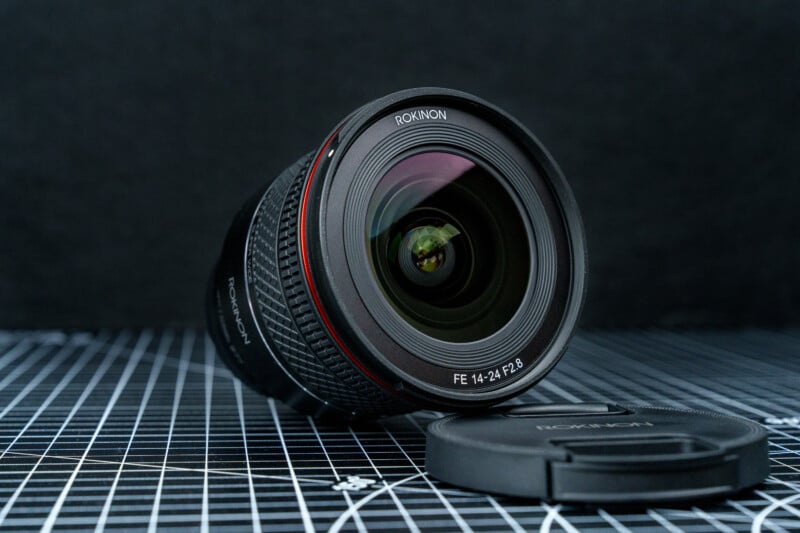
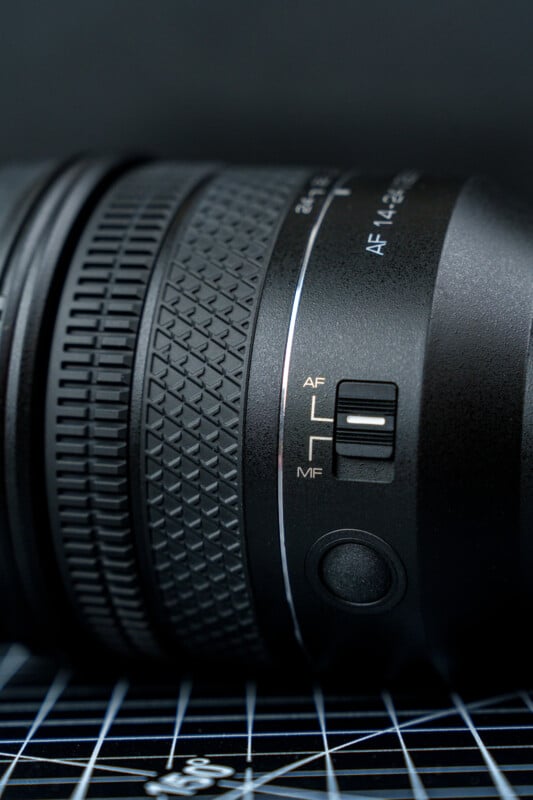
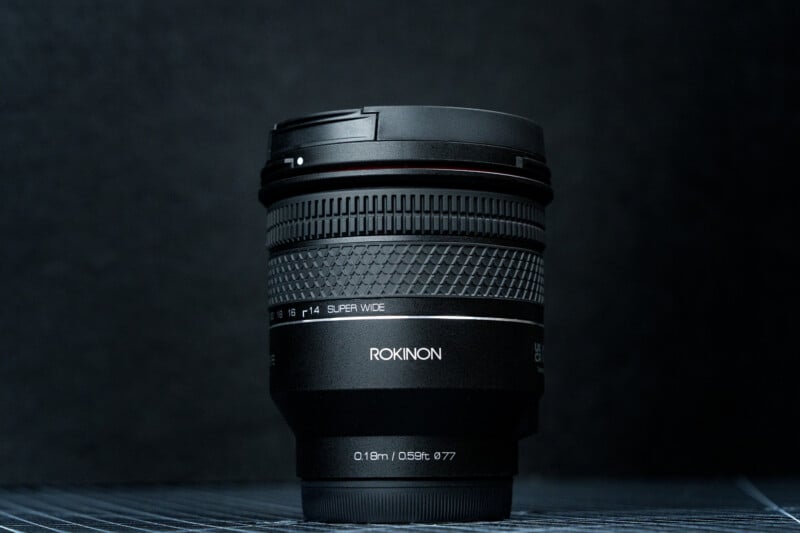
The 14-24mm is well-appointed, with two different textures of rubber grip on the focus and zoom ring. This might not be the most visually pleasing choice, but it is very easy to know which ring you are manipulating without having to look. I was pleasantly surprised to see an AF/MF button and a customizable control button as well. I honestly didn’t expect to see all these controls present on such a lens. There is a simple, plastic, bayonet-style lens hood to complete the package.

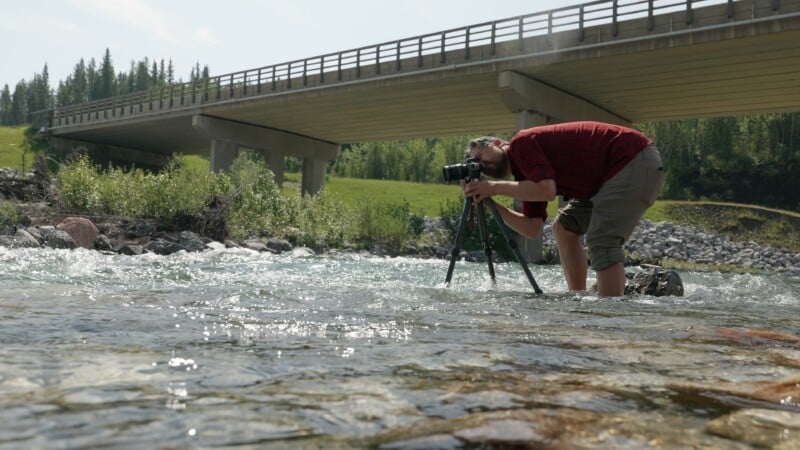
Rokinon 14-24mm f/2.8 AF Ultra Review: How It Shoots
Let’s address the filter thread on this lens because most manufacturers making lenses in these extreme ranges tend to omit having any forward-mounted filters. Usually, on lenses like this, the hood is also a fixed affair. Bucking both trends, not only does the Rokinon manage to provide filter threads on the front of its lens, but it also manages to keep it down to 77mm.
There are caveats. I tested the Rokinon with my Maven magnetic ND filters and, unfortunately, I could easily see the edges of the filter with even just one filter mounted onto the thin magnetic holder. If you stick to a single 77mm filter, you should be okay. However, any stacking or use of a filter mounted on a magnetic holder will likely show up in your photo. Of course, this only occurs at the 14mm end of the lens, and I found that going to around 16mm allowed for multiple filters to be used. The convenience of having filters on this lens is a huge asset, but it comes with one major caveat.
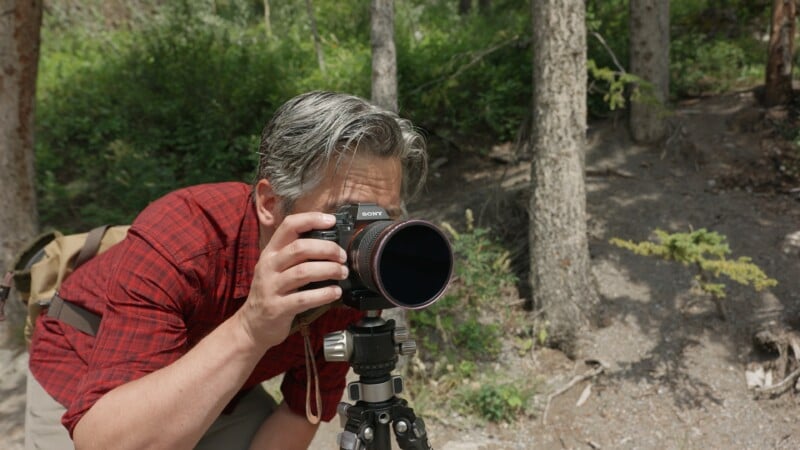

The autofocus is driven by a more affordable stepping motor but I found the AF speed to be perfectly acceptable given that ultra-wide angle lenses will mostly be used for astrophotography and landscape pursuits. The focusing motor isn’t particularly slow despite the more affordable and older design, and I could see using the Rokinon 14-24mm for street shooting without much issue. I liked the overall feel of the focusing ring and the short throw of the zoom, although the lens does come across as feeling very plasticky in its build quality.
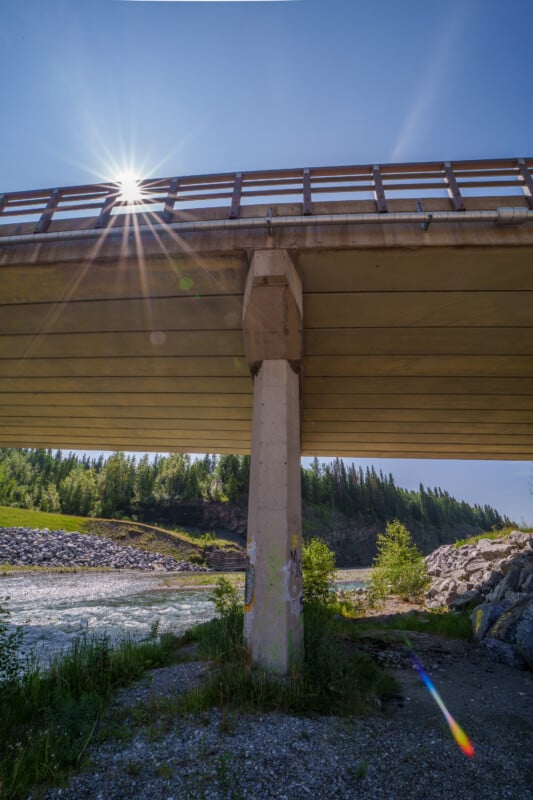

Bokeh is not a huge concern for an ultra-wide lens like this, but the specular highlights do tend to be a little messy with a soap bubble effect as well. This tends to give a harsh look to the out-of-focus backgrounds when shooting at wider apertures. However, the only time I really noticed issues was when shooting close-up shots. With most landscape situations, the expansive depth of field of this lens will cover up any issues.

![]()
On the topic of close-ups, the 14-24mm has a very versatile ability to shoot detail shots. It can achieve a 1:3.94 life-size magnification ratio at 24mm, although the working distance from the front of the lens is only a couple of inches. I had to take the hood off and even then, the camera often cast a shadow on the subject. If you can work around this, the close-up shots are dramatic and sharp. As I mentioned earlier, expect the backgrounds to draw the eye a bit, due to the frenetic look of the soft-focus areas.

![]()
This lens seems to have a fair number of quirks and the way it handles flare also goes on the list. Contrast is excellent when shooting towards bright light sources, but the ghosting is another story. At f/2.8, the Rokinon 14-24mm tends to create vivid rainbow-colored balls of light on the opposite side of the image. Stop down to a tighter aperture, and you get a vivid bugle-shaped rainbow instead. The effect is sometimes fun to see, but it is intensely distracting, and I wish it were better controlled. The sunstar effect is fairly average on this lens, but it can be nice once in awhile. The more polygonal shape of the aperture blades helps to give the sunstars a touch of character.
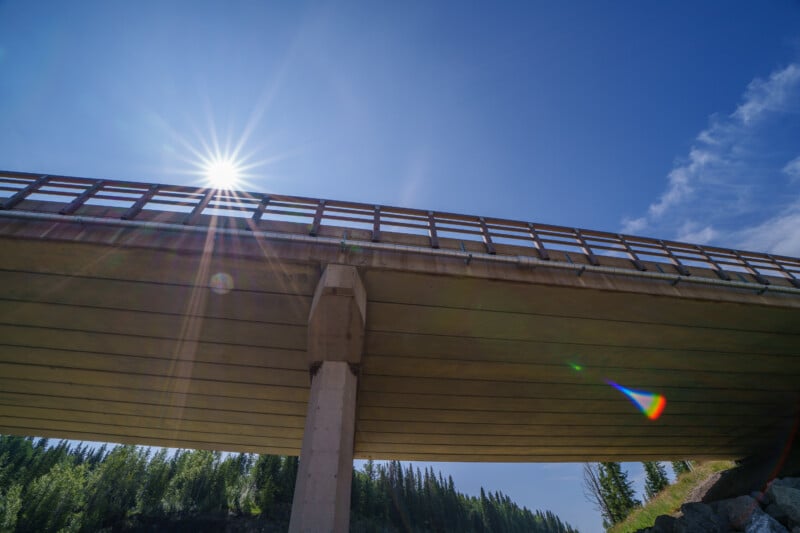
![]()
At 14mm, this lens is sharp in the center of the frame at f/2.8. I was pleased with the detail, wide-open, and only saw slight improvement when stopping the lens down. The corners also have decent detail at f/2.8, but there is a little vignetting apparent. Corner sharpness noticeably improves by the time you stop the lens down to f/5.6. I also found the corners of the frame to be largely in focus when the center of the image is. The lens is clearly optimized to perform best at 14mm.
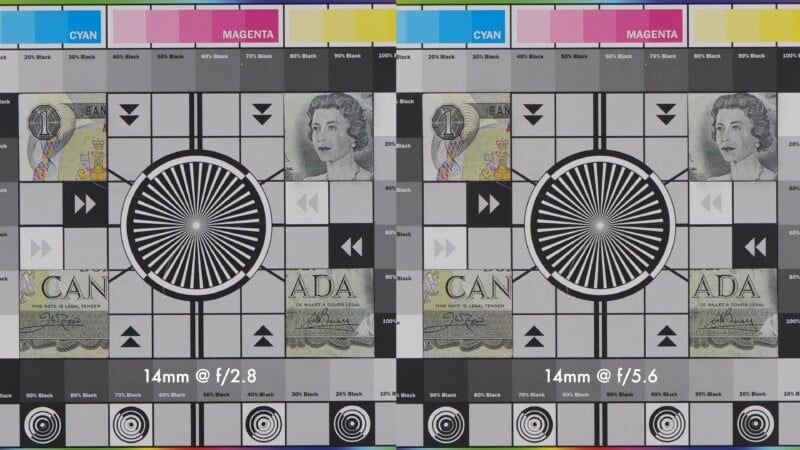
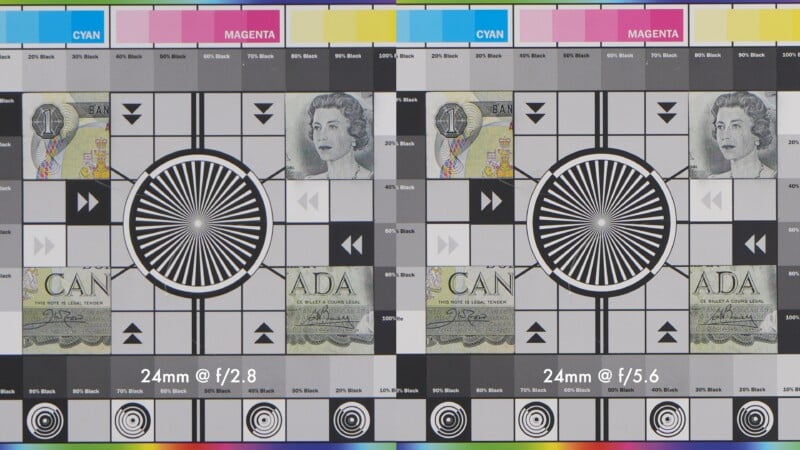
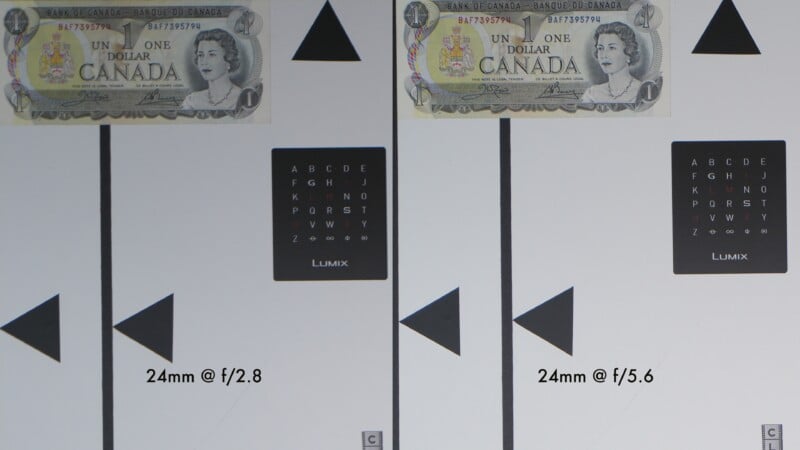
![]()
When you go to 24mm, the center lacks the same detail and contrast at f/2.8. The results aren’t bad by any stretch, but stopping the lens down a bit is advised. The corners fare poorly at the 24mm end as well, with soft results at f/2.8 and some lingering softness at f/5.6. Unlike at the 14mm end, you definitely want to focus on the corners specifically if your subject is off-center. I like to use a 24mm lens for landscape, so I made sure to simply shoot at a tighter aperture to ensure good results. At the 14mm end, I would have no qualms about using f/2.8.
![]()
![]()
Rokinon 14-24mm f/2.8 AF Ultra Review: Compact but Lots of Compromise
This lens demands a bit of care to really maximize your results. You’ve got to watch the ghosting, take care with filter use, and use tighter apertures at the tight end of the lens. However, there is no denying that the results are generally sharp, and that you get a versatile lens without breaking the bank. What impressed me most was just how easy it was to take this lens with me on a hike. It weighs so little and covers a useful landscape range. For the $1,200 asking price, I think Rokinon has a lens that will please a lot of architectural photographers with its 14mm quality and many landscape photographers who will shoot at tighter apertures anyway, avoiding some of the compromises of the optic. Currently, this lens is only open to Sony E-mount users, however.
![]()
Are There Alternatives?
Sony makes a stunningly good G Master 12-24mm f/2.8 lens, but the price alone is astronomical, and the lens is bulky without any front filter usage. Sigma makes an excellent 14-24mm f/2.8 Art lens, but it is heavier and precludes the use of filters as well. The Sigma offers better optical performance with fewer conveniences, for roughly the same price.
Should You Buy It?
Maybe. Hopefully, this review shows you the pitfalls involved with this lens. If you can work around them, you will love the compact convenience that this lens offers.
creditSource link


